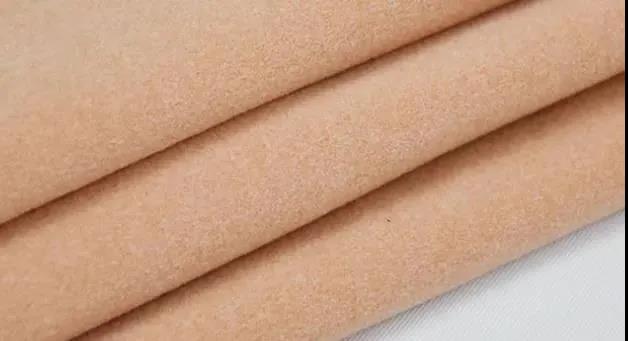Dyeing fastness
Color fastness is also called color fastness, color fastness. It refers to the resistance of the color of the fabric to various effects in the finishing and use process.
The fastness level is evaluated according to the discoloration of the specimen and the color staining of the uncolored lining fabric. Fabric dyeing fastness test is a regular test item in the fabric quality test.
Some printed and dyed fabric products also undergo extraordinary finishing, such as resin finishing, fire finishing, sand washing, brushing, etc., which requires the color of printed and dyed fabric products to maintain a relatively certain fastness.

Color dyeing fastness
Color dyeing fastness is referred to as dyeing fastness; the color of colored fiber, fabric or other coloring matter, in the finishing and use process to discuss the resistance to suffer from the sun, cleaning, friction, sweat and other kinds of corrosion.
The rating of the color abundance, in addition to the completion of the old sun) fastness for the R level, the other are 5 levels. The higher the grade, the better the fastness of dyeing. Leather measurement methods are fading (leather itself color change) and staining l on the contact of staining two.
Fade test is the leather sample according to the specified conditions after processing, the test sample and untreated test sample uu between the color difference, with standard gray sample card comparison level. The staining test is the test sample and the standard white cloth according to the specified conditions by touch, white cloth by the test sample color transfer to determine the degree of staining, with gray staining sample card measurement and grading.
Dyeing color fastness
This phenomenon is different from sublimation, because it is carried out at a temperature lower than sublimation, and it also occurs with non-sublimation dyes. It is mainly reflected in the migration of chemical fiber fabrics such as polyester, but also other raw materials.
Color transfer is mainly due to two reasons: First, the dyestuff has been transferred, especially the disperse, reactive dyestuff floating color and fiber migration free out of the dyestuff, may be on the surface of the other kind of sample fibers dyed; especially dark color on light color dyeing, so as to granular, embossed lingering on the surface of another sample. Secondly, the fibers are dislodged by frictional forces and transferred from one sample to another.
Contact: Jeanne yang(MISS)
Phone: 13912652341
E-mail: [email protected]
Add: Room A2216/A2217,Double-Star Building,No 567 New South Middle Road, KunShan City JiangSu Province ,China.